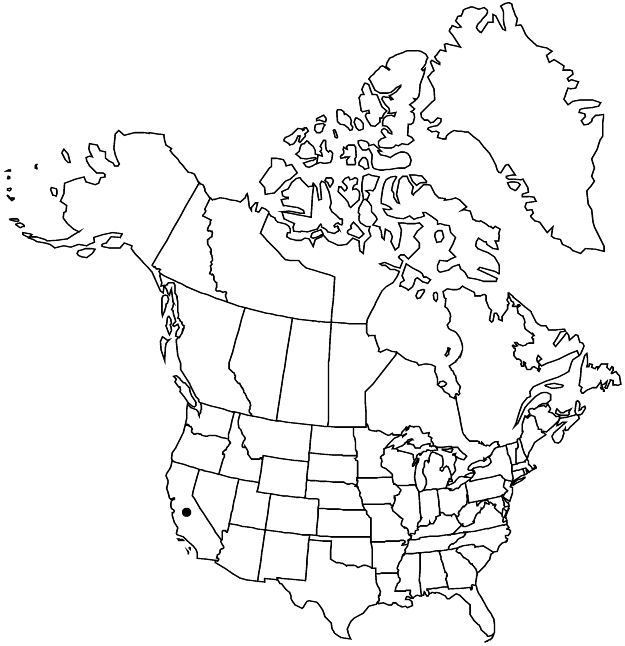Difference between revisions of "Arceuthobium campylopodum subsp. occidentale"
Phytoneuron 2012-51: 10. 2012.
Common names: Digger pine dwarf mistletoe
Endemic
Basionym: Arceuthobium occidentale Engelmann in J. T. Rothrock, Rep. U.S. Geogr. Surv., Wheeler, 254, 375. 1879
FNA>Volume Importer |
imported>Volume Importer |
||
| (One intermediate revision by the same user not shown) | |||
| Line 14: | Line 14: | ||
|basionyms={{Treatment/ID/Basionym | |basionyms={{Treatment/ID/Basionym | ||
|name=Arceuthobium occidentale | |name=Arceuthobium occidentale | ||
| − | |authority=Engelmann | + | |authority=Engelmann |
|rank=species | |rank=species | ||
| − | |publication_title=Rep. U.S. Geogr. Surv., Wheeler, | + | |publication_title=in J. T. Rothrock, Rep. U.S. Geogr. Surv., Wheeler, |
|publication_place=254, 375. 1879 | |publication_place=254, 375. 1879 | ||
}} | }} | ||
| Line 58: | Line 58: | ||
|publication year=2012 | |publication year=2012 | ||
|special status=Endemic | |special status=Endemic | ||
| − | |source xml=https:// | + | |source xml=https://bitbucket.org/aafc-mbb/fna-data-curation/src/2e0870ddd59836b60bcf96646a41e87ea5a5943a/coarse_grained_fna_xml/V12/V12_1082.xml |
|genus=Arceuthobium | |genus=Arceuthobium | ||
|species=Arceuthobium campylopodum | |species=Arceuthobium campylopodum | ||
Latest revision as of 19:13, 5 November 2020
Plants usually forming localized infections only. Stems yellow or orange, 8(–17) cm; third internode 7–12.7(–18) × 1.5–1.8(–3.5) mm, dominant shoot 1.5–5 mm diam. at base. Staminate flowers 3 mm diam.; petals 3–4. Fruits 4.5 × 3 mm.
Phenology: Flowering Sep–Nov(–Dec); fruiting (Sep–)Oct–Jan(–Feb).
Habitat: Coniferous and mixed forests, especially with digger pine.
Elevation: 30–1200 m.
Discussion
Meiosis occurs in August, with fruits maturing 13 months after pollination.
Pinus sabiniana is the principal host of subsp. occidentale; secondary hosts include Pinus attenuata, P. coulteri, P. jeffreyi, and P. ponderosa, as well as some exotic species of pines. Subspecies occidentale occurs in the foothills surrounding the Central Valley and in the Coast Ranges.
Selected References
None.
Lower Taxa
None.
